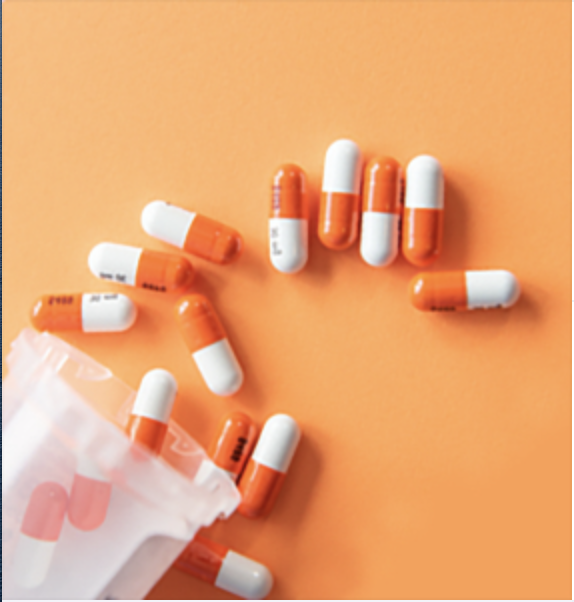Agrochemicals refer to chemical products composed of fertilizers, plant protection chemicals or pesticides and plant growth hormones. Modern agriculture mainly relies on the use of various pesticides, which have a major contribution to improving crop production efficiency and economic benefits to meet the food needs of the rapidly growing global population. In order to address the growing demand for food, agrochemicals are used in large quantities in agriculture to bridge the gap between food production and consumption.
Agricultural and industrial activities are manufacturing, using and releasing a variety of chemical products. Some inorganic compounds include acids, bases, ammonia, chlorine, radionuclides, and heavy metals. Organic compounds are divided into different names, such as chlorinated hydrocarbons, hydrocarbons, pesticides, phthalates and phenolic compounds. In industrialized countries, about 20,000 to 50,000 substances are manufactured or used, and thousands of substances are added every year.
Cross-linking agents are chemical products that form chemical bonds between two hydrocarbons to solidify petroleum. The reaction is a chemical reaction, which usually releases a small amount of heat or absorbs a small amount of heat, depending on the chemical substance used.
When curing agents became popular in the 1980s, cross-linkers were more commonly used than polymer adsorbents. Therefore, one must be cautious when interpreting certain documents, because some tests may only involve cross-linking agents or polymer adsorbents or a combination of both, which will be described in the next section.
Cross-linking agents that have been used include norbornene and acid anhydrides. Pelletier and Siron have produced a series of new petroleum treatment agents to solidify petroleum. These agents are prepared by reacting surfactants, alcohols or carboxylic acids in light hydrocarbon solvents with alkylchlorosilanes.
The advantage of the cross-linking agent is that the final product is really solidified (if mixed before the product is completely reacted). If it is fully cured, the product will ooze very little oil, forming a durable cushion that is easy to recycle. The disadvantage of this technique is that it is difficult to completely solidify, especially thick oil slicks, because the product is reactive and reacts with the first hydrocarbon that it comes into contact with. Cross-linkers also have the disadvantage of being connected to other hydrocarbons, such as oil booms, docks, and organics. click here chemical products



